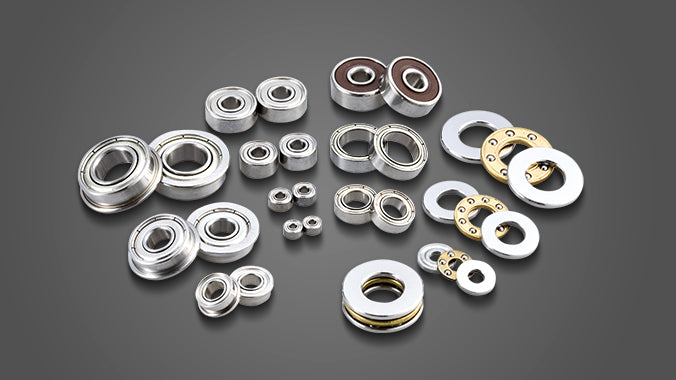
What Is an NSK Bearing?
NSK Bearing refers to bearings manufactured by NSK Ltd., a leading global bearing company based in Japan. NSK bearings are widely used in automotive, industrial machinery, power tools, medical equipment, railway systems, and more.

What Is a Bearing?
A bearing is a mechanical component that supports rotational or linear movement and reduces friction between moving parts. Bearings are essential in items like car wheels, fans, motors, and gear systems.
About NSK:
|

Common Types of NSK Bearings:
-
Deep Groove Ball Bearings
– Most widely used, ideal for high-speed applications with low noise and friction.
-
Cylindrical Roller Bearings
– High load capacity, suited for heavy-duty machinery.
-
Angular Contact Ball Bearings
– Can handle both radial and axial loads, used in machine tools and electric motors.
-
Self-aligning Bearings
– Automatically adjust for shaft misalignment, great for applications with installation challenges.
Why Mellif Tools Choose NSK Bearings
At Mellif Tools, we believe that every component matters — especially the parts that drive performance and durability.
That’s why we choose NSK Bearings in our tools. NSK is a trusted global leader known for quality and precision, and here’s why they’re our bearing of choice:
-
Durability & Reliability – High-precision construction ensures long-lasting performance, even under heavy workloads.
-
Low Friction & Noise – Perfect for high-speed motors and precision applications, making our tools smoother and quieter.
-
Global Support – NSK’s worldwide presence makes replacements and servicing fast and accessible.
-
Eco-Friendly Technology – Select models use low-lubrication loss designs, improving energy efficiency and reducing wear.
-

Laisser un commentaire